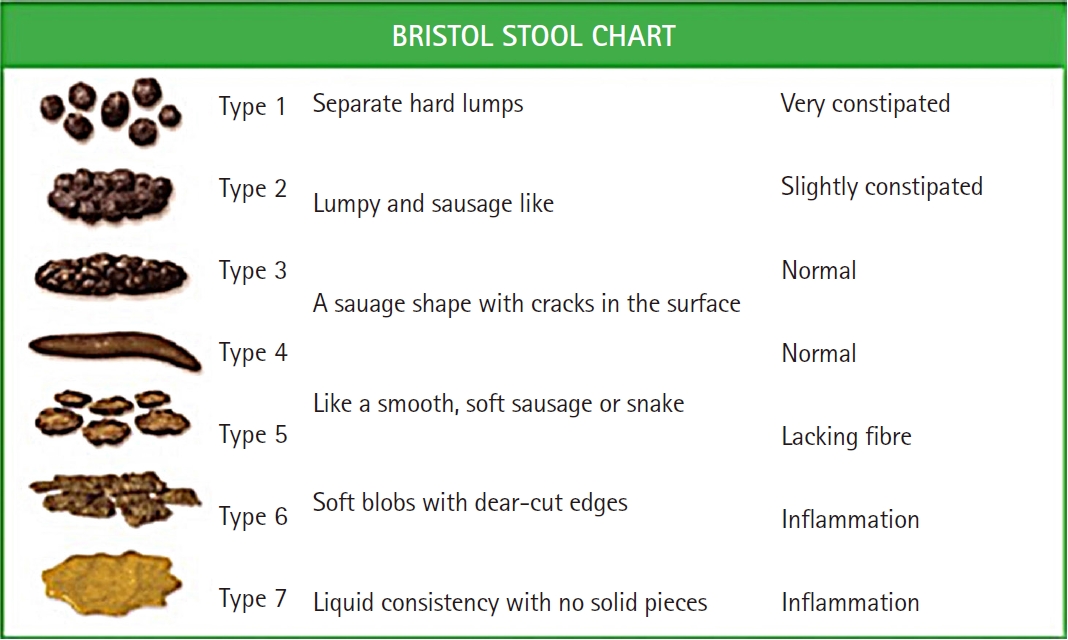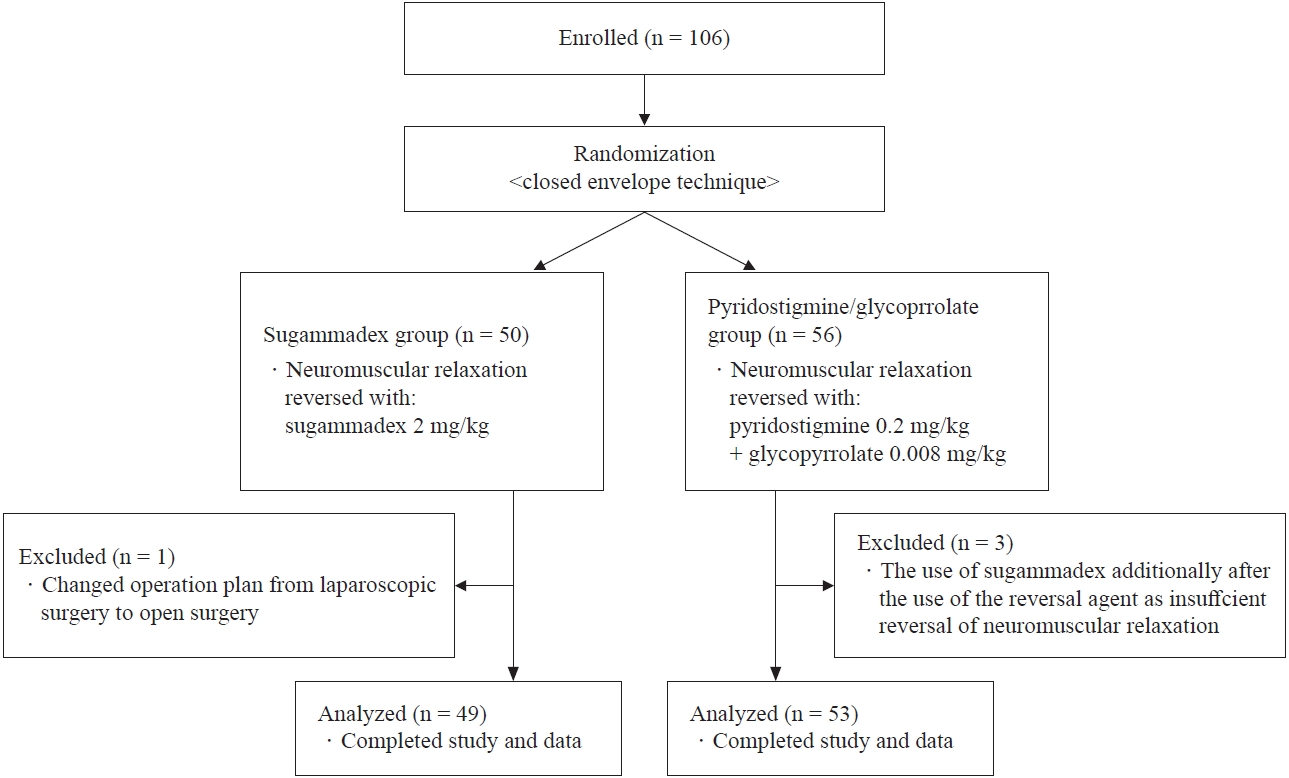3. Sacan O, White PF, Tufanogullari B, Klein K. Sugammadex reversal of rocuronium-induced neuromuscular blockade: a comparison with neostigmine-glycopyrrolate and edrophonium-atropine. Anesth Analg 2007; 104: 569-74.


4. Althausen PL, Gupta MC, Benson DR, Jones DA. The use of neostigmine to treat postoperative ileus in orthopedic spinal patients. J Spinal Disord 2001; 14: 541-5.


5. Olesnicky BL, Traill C, Marroquin-Harris FB. The effect of routine availability of sugammadex on postoperative respiratory complications: a historical cohort study. Minerva Anestesiol 2017; 83: 248-54.


6. Brueckmann B, Sasaki N, Grobara P, Li MK, Woo T, De Bie J, et al. Effects of sugammadex on incidence of postoperative residual neuromuscular blockade: a randomized, controlled study. Br J Anaesth 2015; 115: 743-51.


7. Sustic A, Dijana D. Early postoperative gastric emptying in patients undergoing laparoscopic cholecystectomy: sugammadex vs. neostigmine/atropine neuromuscular blockade reversal agents: 9AP4-1. Eur J Anaesthesiol 2012; 29: 140.

8. Lassen K, Soop M, Nygren J, Cox PB, Hendry PO, Spies C, et al. Consensus review of optimal perioperative care in colorectal surgery: enhanced recovery after surgery (ERAS) group recommendations. Arch Surg 2009; 144: 961-9.


11. Chae YJ, Joe HB, Oh J, Lee E, Yi IK. Thirty-day postoperative outcomes following sugammadex use in colorectal surgery patients; retrospective study. J Clin Med 2019; 8: E97.

12. Feldman M, Schiller LR. Disorders of gastrointestinal motility associated with diabetes mellitus. Ann Intern Med 1983; 98: 378-84.


13. Annese V, Bassotti G, Napolitano G, Usai P, Andriulli A, Vantrappen G. Gastrointestinal motility disorders in patients with inactive Crohn’s disease. Scand J Gastroenterol 1997; 32: 1107-17.


15. Khosla S. Hypercalcemia and hypocalcemia. In: Harrison’s Principles of Internal Medicine. 17th ed. Edited by Fauci AS Braunwald E Kasper DL Hauser SL Longo DL Jameson JL: New York, McGraw-Hill. 2009, p 959.
16. Butterworth JF, Mackey DC, Wasnick JD. Morgan & Mikhail’s Clinical Anesthesiology. 5th ed. New York, McGraw-Hill. 2013, pp 1166-9.
18. Sen A, Erdivanli B, Tomak Y, Pergel A. Reversal of neuromuscular blockade with sugammadex or neostigmine/atropine: effect on postoperative gastrointestinal motility. J Clin Anesth 2016; 32: 208-13.


19. Kreis ME, Kasparek M, Zittel TT, Becker HD, Jehle EC. Neostigmine increases postoperative colonic motility in patients undergoing colorectal surgery. Surgery 2001; 130: 449-56.


20. De Giorgio R, Barbara G, Stanghellini V, Tonini M, Vasina V, Cola B, et al. The pharmacological treatment of acute colonic pseudo‐obstruction. Aliment Pharmacol Ther 2001; 15: 1717-27.


22. Butterworth JF, Mackey DC, Wasnick JD. In: Morgan & Mikhail’s Clinical Anesthesiology. 5th ed. Edited by Butterworth JF Mackey DC Wasnick JD: New York, McGraw-Hill. 2013, pp 235-6.
24. Cha JE, Park SW, Choi YI, Oh ID, Kang HY, Lee SH, et al. Sugammadex use can decrease the incidence of post-operative urinary retention by avoiding anticholinergics: a retrospective study. Anesth Pain Med 2018; 13: 40-6.


27. Murphy GS, DeBoer HD, Eriksson LI, Miller RD. In: Miller’s Anesthesia. 8th ed. Edited by Miller RD Cohen NH Eriksson LI Fleisher LA WienerKronisj JP Young WL: Philadelphia, Churchill Livinstone, Elsevier Health Sciences. 2014, pp 995-1025.
28. Mirakhur RK, Dundee JW. Glycopyrrolate: pharmacology and clinical use. Anaesthesia 1983; 38: 1195-204.















